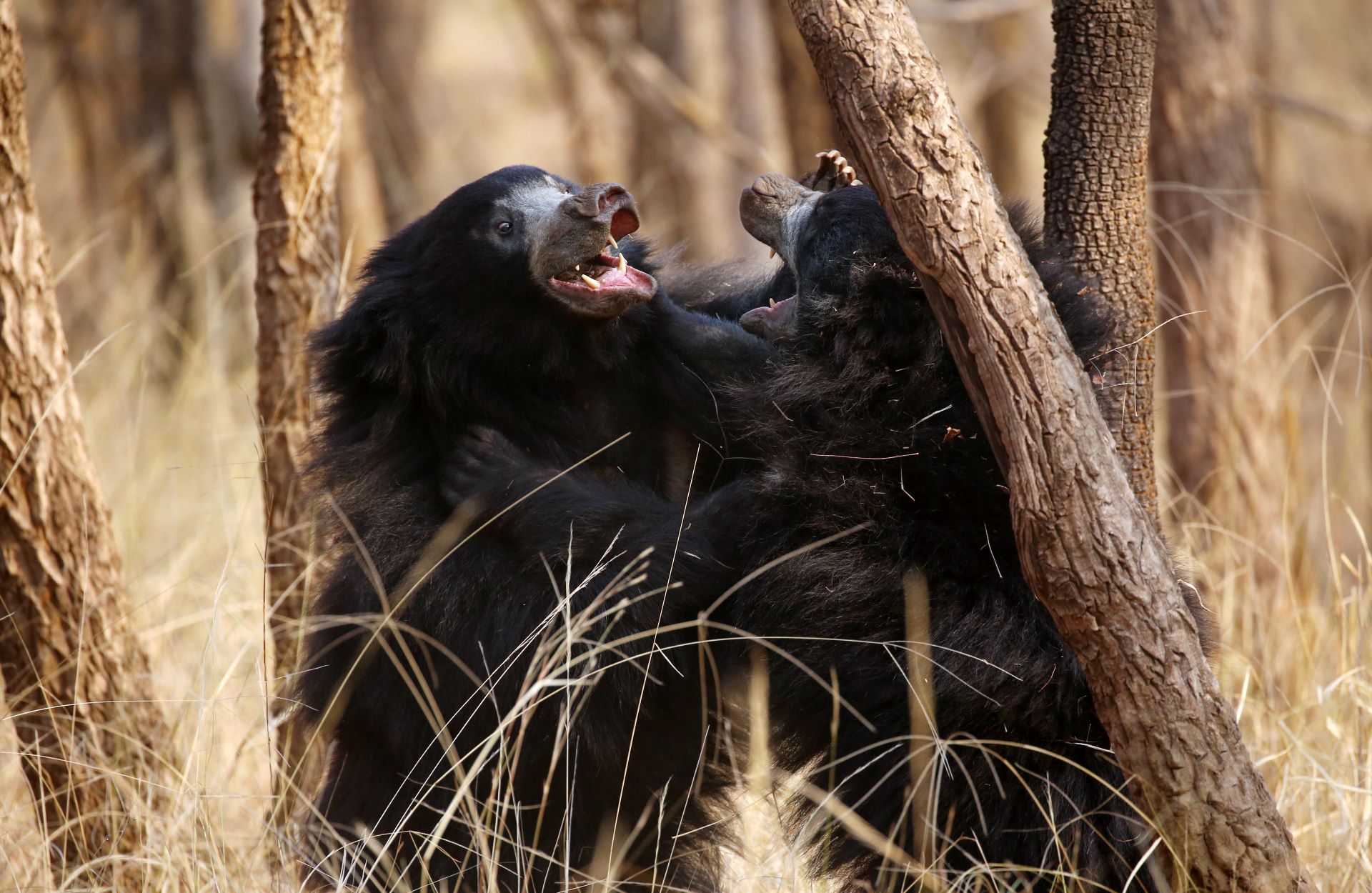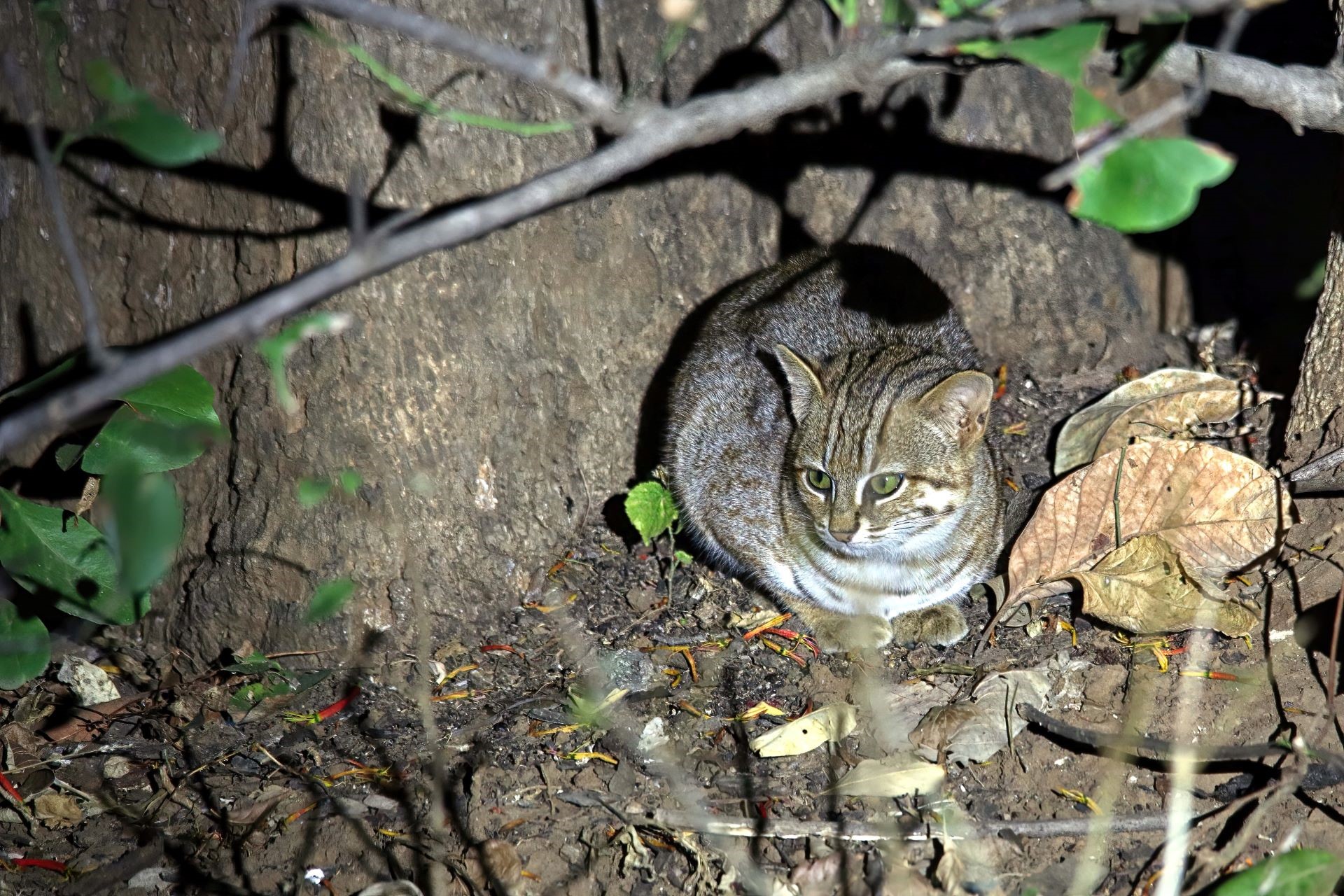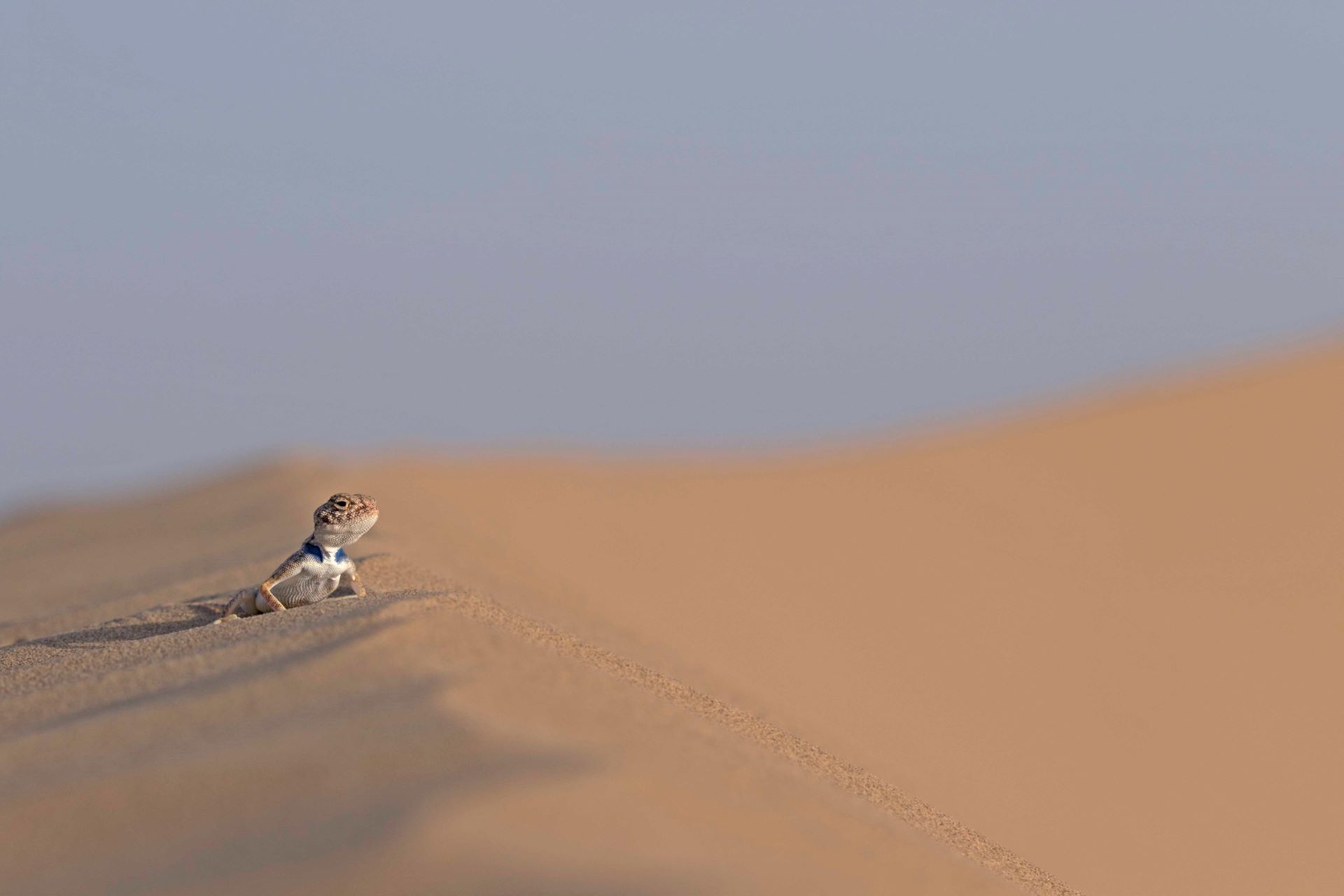Join us on an exciting journey through India’s changing wildlife landscapes.
Photography and text by Surya Ramachandran
It was an extremely cold morning in the Indus gorge of Ladakh. Large chunks of ice floated in the blue waters of the river. The sun was going to take a while to creep into the narrow gorge and the winds were unrelenting. The only thing that kept us braving the elements on the riverbank was a beautiful snow leopard across the river. We could see her panting, her pupils fully dilated, trying to recover from an exhausting failed attempt to hunt Bharal sheep just a few moments ago. We had just witnessed one of the most incredible moments in nature: a wild snow leopard on the hunt in the steep Indus gorge of the Himalaya, a few hours south of the city of Leh, in the trans-Himalayan region of Ladakh. For an engineer turned nature guide from a busy coastal city in South India, this was beyond my wildest dreams.

















